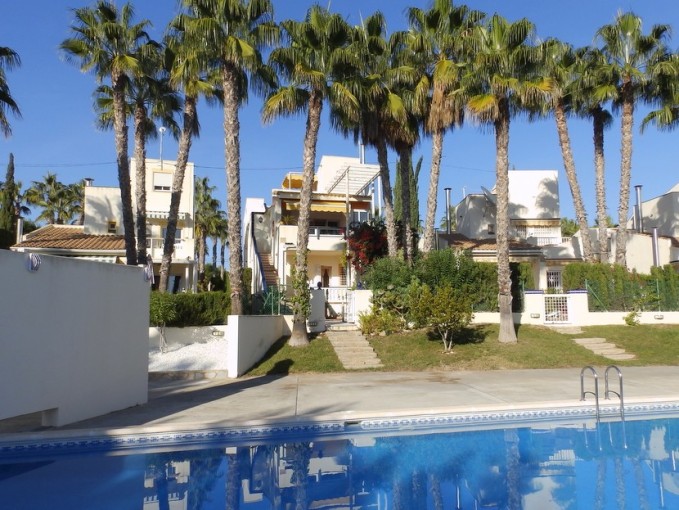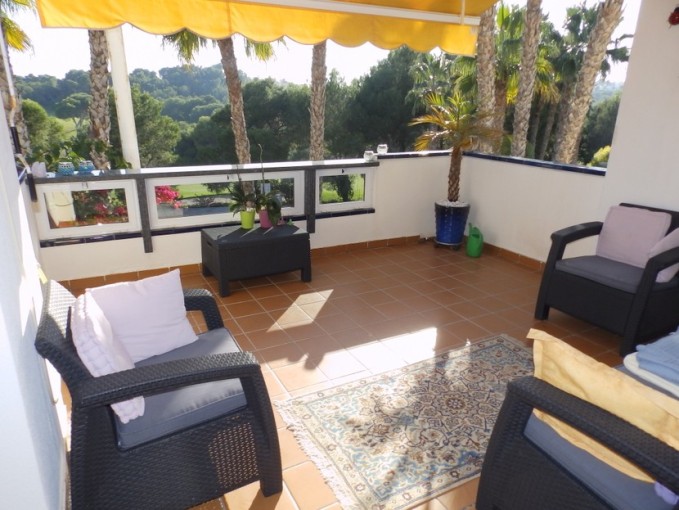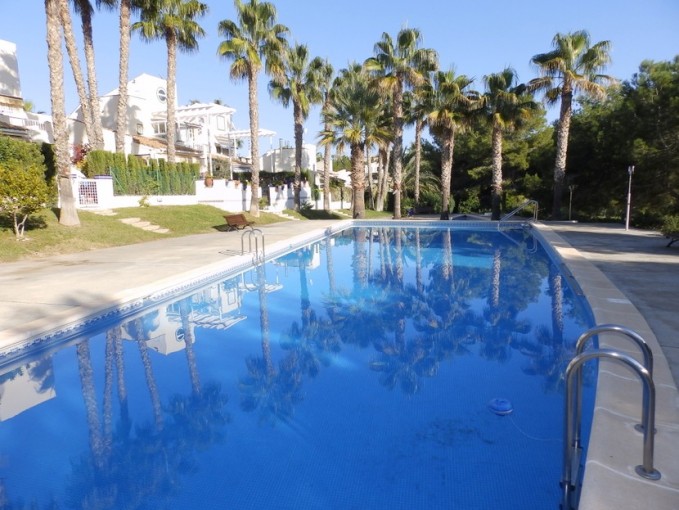
The importance of the towns squares
In larger towns the traditional buildings are townhouses with maybe a courtyard or a roof terrace and low rise apartments with shops and bars at ground floor level with squares at regular intervals throughout the town for safe social areas. My parents’ last home in Spain was in the centre of Moraira town, a fourth floor apartment. The front terrace overlooked the street and the back terrace looked down onto the square, almost enclosed by other apartment blocks. One side of the square had seating and trees, the other side a children’s play area.
In the mornings the main users were older folk sitting chatting in the shade of the trees. Late afternoon the square was very noisy with happy children of all ages playing on the equipment, ball games or bike riding and mothers huddled in (loud!) conversation. This was repeated in several locations around the town. The Spanish like to socialise! In the evening it would be quieter again, people strolling through on their way home from work or with shopping, or maybe heading off to meet friends outside a restaurant or watch a football match in a local bar.
The weather in the south coastal areas of Spain means it is comfortable to be outside all year round, and it seems no-one expects children to be quiet! You see multi-generation families in the squares together, eating, drinking or just chatting, in a way I have rarely witnessed in the UK but have seen in other Mediterranean countries. In summer the children will stay up very late as it is too hot to sleep, a practice often criticised by the British holiday makers, but the children will have had their siesta earlier in the day so don’t need early nights.





